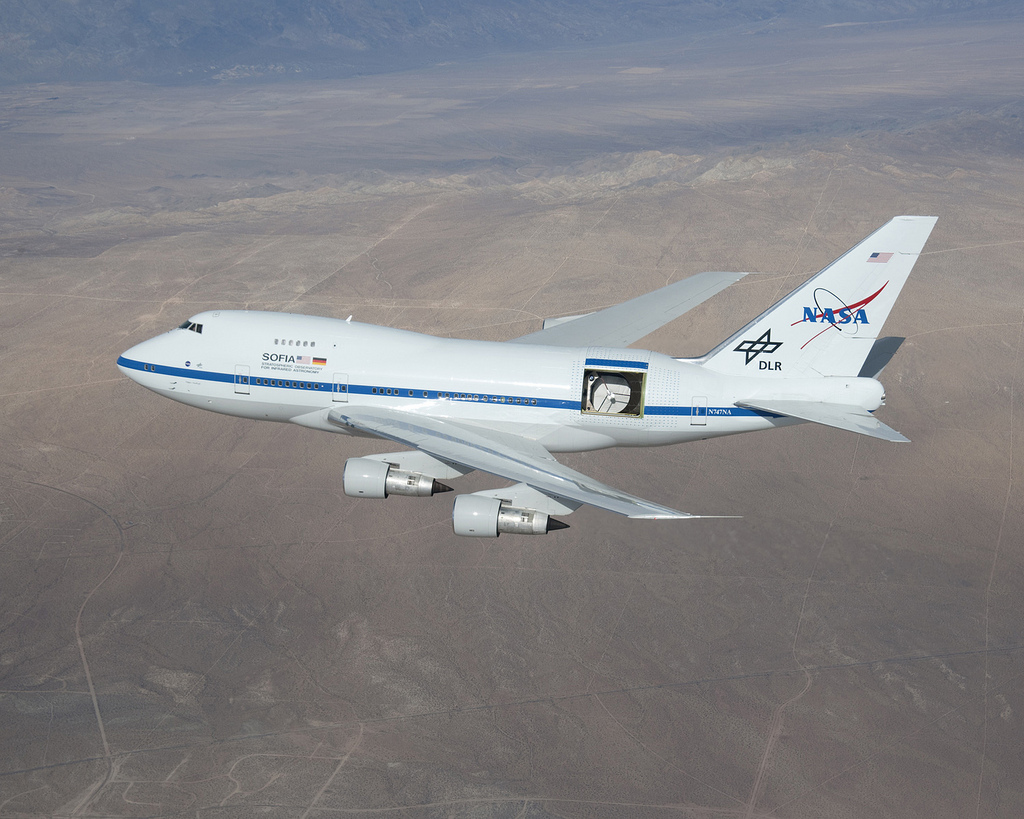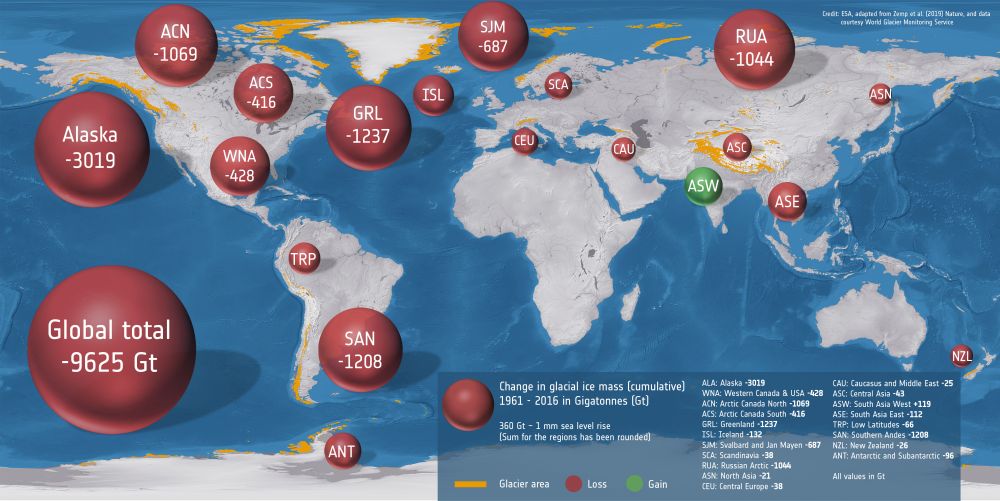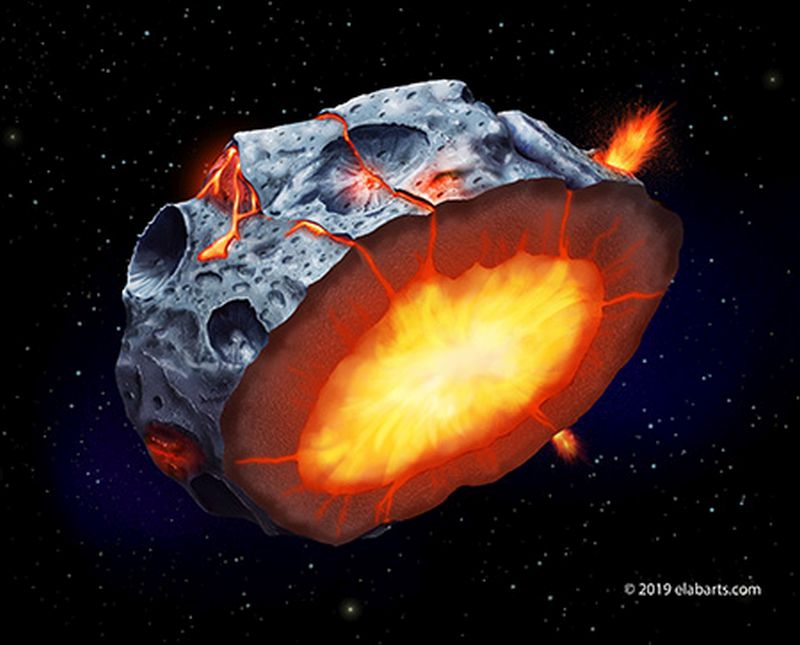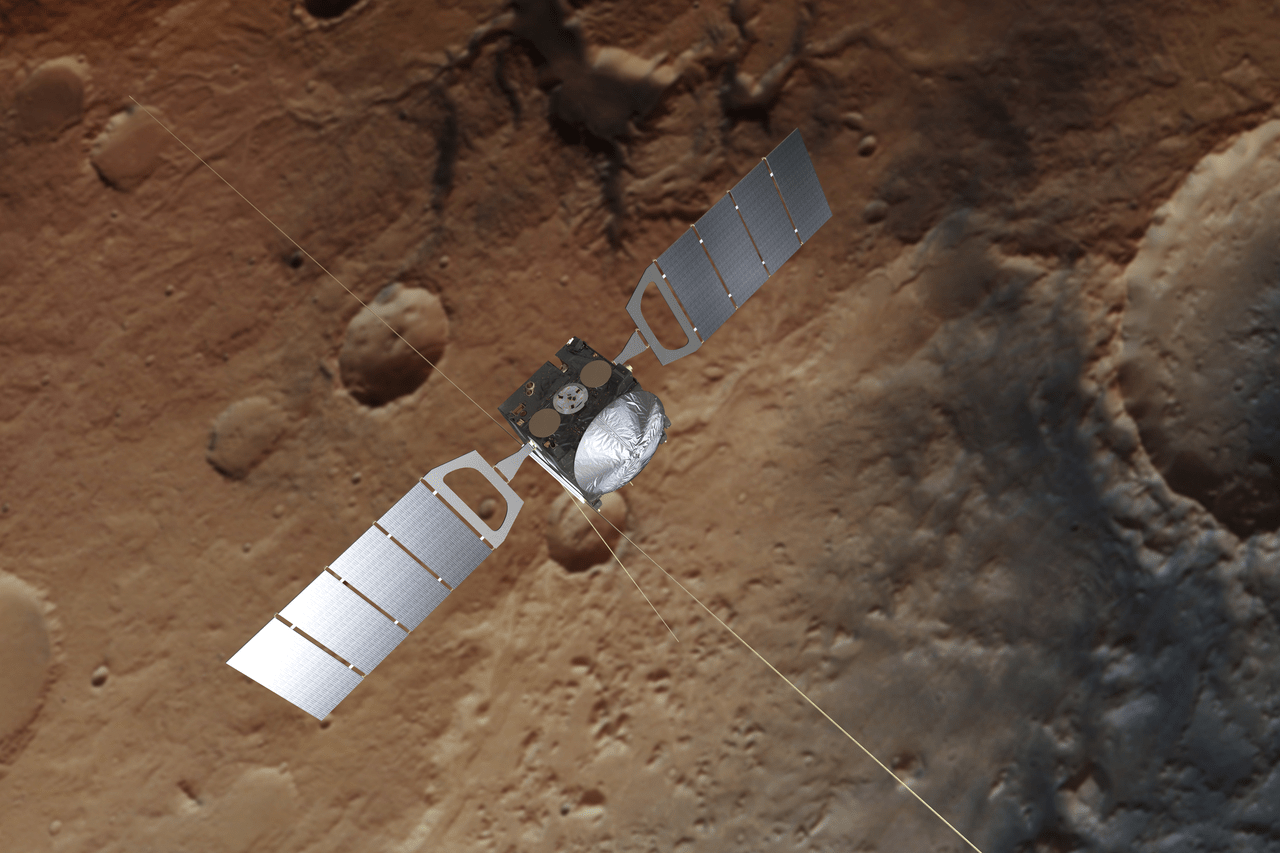Ever since the Curiosity rover landed on Mars in 2012, it has provided NASA scientists with invaluable data about the planet’s past, as well as some breathtaking images of the planet’s surface. Much like its predecessors, the Spirit and Opportunity rover, many of these images have shown what it is like to look up at the sky from the surface of Mars and witness celestial events.
Of these events, one of the most intriguing has to be the many Martian solar eclipses that have taken place since the rover’s landed. Last month, the Curiosity rover witnessed two eclipses as the moons of Phobos and Deimos both passed in front of the Sun. These latest eclipses will allow scientists to fine-tune their predictions about Mars’ satellites and how they orbit the Red Planet.
Continue reading “Two Solar Eclipses Seen From the Surface of Mars by Curiosity”








